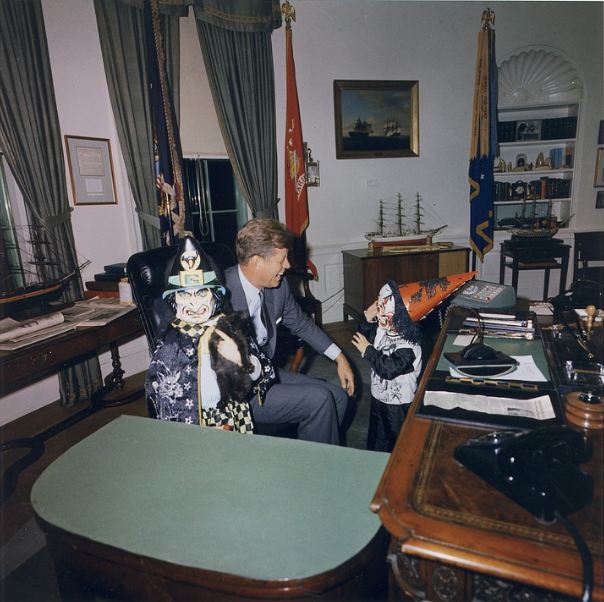The 1960s, as one of America’s most revolutionary decades, marked a cultural upheaval on numerous fronts, including hollywood. The decade heralded the advent of new paradigms of big-screen entertainment commonly referred to as “The New Hollywood,” also known as the Hollywood Renaissance, American New Wave, and the auteur period, and begins with the arrival of the Swinging ’60s in Hollywood. It was exemplified by the advent of a new group of youthful, film-school-educated, countercultural filmmakers, directors, actors, and writers who Hollywood believed could relate with the new generation of young people in ways that its elder stars could not.
Where did the term “New Hollywood” originate?
In his book The Eve of Destruction, Morris Dickstein argues, “What happened in the sixties was no one’s conscious decision, but one of those deep-seated changes in perception that transforms the entire moral ground”. The 1960s are widely considered as a distinct, unique moment in American history, and not simply because of the romantic aura that the Baby Boomers have put over the decade. Because of the enormous developments that occurred during this decade, the United States came closer to social upheaval than at any other period in the twentieth century. “We all want to change the world,” John Lennon sang in “Revolution,” a song published in late 1968, the same year that China, Prague, Paris, and Quebec saw genuine revolutionary fervor. With the insurgency against French authority in Algiers, the struggle for self-recognition by Third World colonies began almost as soon as the decade began. The Star-Spangled Banner at the Woodstock music festival in August 1969 wonderfully encapsulated the social and political tensions of the day, with its lyrical beauty alternating with screaming electronic distortion. The 1960s were a decade in which “The Times They Are a-Changin’,” as Bob Dylan put it (1964). The film’s startling violence, gender conflicts, normalization critique, and pervasive sense of death are all characteristics of the cultural and social history of the 1960s, a decade defined by social upheaval, insurgency, assassination, and mass murder. Various threats to state authority were greeted with rising and violent opposition over the decade, fracturing American society. For a while, the “generation gap” (the growing chasm between more alienated young people and their parents) was as noteworthy as the “missile gap” (Kennedy’s euphemism for Eisenhower’s claimed military inferiority). “Make love, not war,” “America—Love It or Leave It,” and “If you’re not part of the solution, you’re part of the problem” were posters and pins popular at the time.
Best Hollywood Movies from the 1960s
The Hollywood New Wave of the cinema arose in the late 1960s for a variety of reasons. One, the academic study of film has become more popular than ever before. The international distribution of films by auteurs such as Truffaut and the French New Wave fueled their creativity.
Here are the top five finest Hollywood movies of the golden age:
#The Apartment (1960)
Billy Wilder directed and produced The Apartment, a 1960 American romantic comedy-drama film based on a screenplay he co-wrote with I. A. L. Diamond. Shirley MacLaine, Fred MacMurray, Ray Walston, Jack Kruschen, David Lewis, Willard Waterman, David White, Hope Holiday, and Edie Adams are among the cast members.
#2 Psycho (1960)
Psycho is an American suspense film and psychological thriller directed by Alfred Hitchcock and partly based on the real-life crimes of Wisconsin serial killer Ed Gein. It was released in 1960.
#3 The Sound of Music (1965)
The Sound an American musical movie that was released in 1965. with the highest-grossing picture in history for five years. Its stunning imagery and several unforgettable tunes, including “My Favorite Things” and the title song, helped it become a timeless classic. The nearly three-hour film received ten Academy Award nominations and won five, including best picture and best director.
#4Beach Blanket Bingo (1965)
William Asher directed Beach Blanket Bingo. A group of beach adolescents becomes engaged in kidnapping a singing idol; a mermaid falls in love with a nitwit; a nasty ‘drunkard’; and motorcycle gangs are among the subplots in this classic beach movie from the 1960s.
#5Dr. Strangelove or, How I Learned to Love the Bomb and Stop Worrying (1964)
Stanley Kubrick’s timeless comedy classic examines a society on the verge of nuclear annihilation – and laughs heartily. The film scrambles the great Peter Sellers in a triple part and George C. Scott as Gen. “Buck” Turgidson, making it arguably the finest anti-war film of all time.
Conclusion:
The 1960s brought the United States closer to social upheaval than at any other period in the twentieth century, thanks to significant cultural and political developments. At the same time, American films underwent a radical transformation. The dawning shift in the theatrical exhibition from urban centers to suburban multiplexes, an increase in runaway productions, the emergence of independent filmmakers, and competition from both television and foreign art films were among the problems encountered by the film industry. Hollywood films got increasingly violent, and sexually explicit as time passed, reflecting shifting attitudes. American Cinema of the 1960s analyzes a wide range of films from the decade, including Hollywood features, documentaries, and independent and experimental films.


